Have you ever struggled with getting stains out of your silicone molds? Or maybe there's a smell that just won't go away?
If you have been in a similar situation, you are not alone! Many bakers face this issue but don't worry! We are here to handle it together.
In this article, we will explore easy and effective methods for how to wash silicone molds. By following them, you can easily get rid of those stubborn stains and bad odors. These methods also help you keep your molds fresh and ready for anything.
Let's dive in!
Part 1- How to Cleaning Silicone Molds (Easy Methods)
To effectively clean silicone molds, you can use a combination of warm soapy water, baking soda pastes, or vinegar solutions. These methods will remove stubborn residues and eliminate lingering smells, keeping your molds in top shape.
If you are new to silicone bakeware and looking for the right ways to clean it. Develop a proper cleaning routine to dispel pesky stains and scents.
Specialized silicone washing cleaners can help, but why go for them when there are more accessible options? Here they are.
Method 1- Clean Silicone Mold with Dish Liquid
Cleaning silicone molds on a daily basis is simple. Your regular dish liquid and water can get the job done quickly. Add 1 to 2 drops of dish liquid to the softer side of the sponge and clean your silicone bakeware with it.
Use your finger to check if your silicone molds are still greasy. If so, it is time for a level-up! If you're wondering how to clean silicone bakeware properly, using hot water and soap is an effective method.
For tougher grease, you can also explore other cleaning techniques.

Method 2- Soak in Hot, Soapy Water
Wondering how to get the mold off silicone? Hot, soapy water can help! The heat will cut through the grease and make way for the soap to do its magic! Here’s how it works:
Step 1. Prepare the Mixture
Fill the sink or a large bowl with hot water (not lukewarm). Squeeze 4 to 5 drops of dish soap and swish to mix it well.
Step 2. The Pre-sock
Add your molds to the hot water for 15 - 30 minutes. This will help dislodge the grease and any hardened leftover residue from the baking.

Step 3. Scrub it Clean
Add 1-2 drops of the dishwashing soap to a soft sponge. Use it to scrub the molds. Reach all the crevices while the water is hot. You can also opt for a brush with soft bristles.
Step 4. Rinse it Well
Wash your silicone products such as star candy molds, round candy molds, and chocolate bar molds with hot water and remove excess moisture with a microfiber cloth. Your molds should be as good as new!
Part 2- How to Clean Stains and Remove Odors in Silicone Molds
How to get stains out of silicone? Vinegar, baking soda, and rubbing alcohol are your trusted friends! You can also heat your silicone products at a temperature as high as 177°C for tougher stains.
Let’s break it down:
Step 1- Clean with Vinegar
Stained bakeware? Don’t worry. Vinegar’s acidic nature will dissolve it right away! Pour an equal measure of vinegar and water on the mold and allow it to stand for three to four hours before washing it off.
This can help get rid of light stains. However, please don’t soak the silicone molds in pure vinegar, as this can make them sticky and less durable.
Step 2- Use Baking Soda
How to get the smell out of silicone? Baking soda is the magic wand you need against grease and odors!
You can prepare a deodorant solution of ¼ baking soda and ¾ water. Then, soak the silicone mold in it for 1 to 2 hours.
Or, sprinkle a small pinch of baking soda evenly over the wet silicone molds. Let the chemical absorb all the grease and odor from the products until they dry.
Then, wash them or use a wet sponge to rub the baking soda to remove persistent stains.

Step 3- Heat in the Oven
Heating in a microwave is a more intense answer to “how to clean silicone molds.” But it’s just as effective. To use this method:
- Preheat the oven to 350°F.
- Place the silicone molds in it for ten minutes to dislodge the greasy bits.
- Rinse with water and sprinkle baking soda enough to cover all surfaces.
- Scrub using the sponge and wash off with hot water and dish soap.
Repeat the steps if your silicone pieces are still stained and smell. Heating silicone mold in an oven is completely safe, you can explore "Can silicone go in the oven" which provides all the information you need to know.
Part 3- Preventative Measures: Tips to Avoid Stains and Odors
Now you know all the ins and outs of how to clean silicone molds. But how do you prevent the silicone molds from getting grimy again? Don’t stress over it. Here is a whole list of measures for you to follow!
Tip 1- Clean Regularly!
Daily silicone cleaning is the key! Clean your silicone bakeware regularly after use to avoid build of oil and dirt. Occasionally, invest in a deep clean with vinegar or baking soda.
Tip 2- Avoid Harsh Cleaners
Silicone may not be afraid of extreme temperatures, but of abrasive cleaners, it is. They can leave scratches, cause staining, and compromise the non-stick nature of silicone.
Tip 3- Cool Down Before Cleaning
Avoid sudden temperature changes, as it can warp the silicone over time. Patience is key. Allow your silicone bakeware to cool before shifting to a colder temperature.
Tip 4- Remove the Moisture
Dry every last drop after cleaning your silicone. Humidity does not affect platinum silicone molds. However, leftover moisture in lower-quality silicone is friendly to bacterial growth and stains.
Tip 5- Store Properly
After drying, store silicone bakeware in airtight bags. Keep it out of sun exposure and preferably in a cool, dark place. Avoid heavy stacking and tight spaces to prevent deformation over time.
After you clean and dry your silicone molds completely, they are ready to be used for different projects, such as making chocolates. This ensures a clean and smooth outcome every time.
Turn your ideas into art with our best silicone molds – Enjoy Up to 45% Discounts!
Shop NowPart 4- Understanding Silicone Bakeware Features
Silicone bakeware is multipurpose and a favorite among bakers of all categories. It is easy to handle for seasoned confectioners and also those just getting started. Here are the features that make it unique.
Feature 1- Heat Resistant
Heat resistance is one of the best qualities for which silicone bakeware is popular. It has the ability to even handle high temperatures without getting damaged. On the contrary, people also use them in freezers and ovens and see no sign of swapping.
Silicone molds can withstand temperatures of around -40°F to 400°F,. This allows you to bake, roast, and freeze without getting worried. Many bakers and chefs look for heat-resistant products, and this makes silicone bakeware a reliable option for various cooking tasks.
Feature 2- Not-Stick Nature
The silicone material is naturally non-stick. This means you don't need to grease or flour the mold before you use them for baking. Also, the baking items won't stick, and you can de-mold them easily. This quality lets you bake cakes, muffins, and cookies with the perfect shape.
You can slide them out without worrying about breakage. Clean-up is quicker, too, since there's no batter stuck on the surface. With silicone, you get a smooth release each time. This feature helps you bake and clean up faster, leaving less mess behind.
Feature 3- Durability
One of the top properties of silicone bakeware is that it lasts longer than metal or glass. It doesn't crack, chip, or break easily. You can use silicone bakeware in all kinds of conditions. They are strong enough to withstand heat, cold, and pressure without showing signs of wear. It also does not rust, stain, or corrode, which means it always looks as good as new.
The best part is that even using it regularly won't change its shape. This makes it a solid choice for people who bake often and want something reliable. Moreover, the silicone bakeware is lightweight and easy to handle. All in all, it's a simple and practical option that you will appreciate.
Feature 4- Flexibility
Another good aspect of silicone bakeware is its flexibility. This makes it easy to use and store. The soft and bendable material lets you de-mold the baked goods easily and without any damage. You can also twist or bend silicone molds to release intricate cakes, cookies, and candies. If handled well, silicone keeps your treats in perfect shape.
Apart from the perfect outcomes, silicone bakeware is also easy to store. It won't take up much space. You can easily roll it even in tight spaces. Plus, you don't have to fear if they fall from your hand as they don't break or crack like other rigid materials. These qualities make food-grade silicone molds a practical option for everyday baking.
Feature 5- Easy to Clean
Silicone bakeware is easy to clean and wash. You don't need to worry about those stains after making delicious candies or chocolates.
Most of the silicone molds are dishwasher-safe, which saves you time. If you don't have a dishwasher, you can simply wash it with your hand. The nonstick surface makes the residue and stains come off easily. No need to scrub for hours.
However, you need to take care of one thing; do not use harsh soap or chemicals. They can damage the silicone material. Just use mild soap and gently rub off the stains.
Also, if you are using intricate designs, take a small brush and rub off the area where your hand cannot reach. That’s all!
Now you have covered all about cleaning silicone molds, you might consider knowing "how to use silicone molds" that will help you to keep your molds in new condition.
Frequently Asked Questions (FAQs)
What is the best method to clean silicone molds?
Soap is the best way to clean silicone molds. Use baking soda or vinegar only for stubborn stains. Soap should be your everyday helper. Follow the simple and clear steps on How to Clean Silicone Molds
1. Wash them every day with dish soap and warm water.
2. Soak them in hot, soapy water to soften any stuck-on bits.
3. Gently scrub with a soft sponge or brush.
4. Rinse well to get rid of soap and dirt.
5. Use baking soda to remove any bad smells.
6. Let them dry fully before putting them away to avoid moisture.
Can I use dish soap to wash silicone?
Indeed! Mix dish liquid and water, rub the silicone molds with it, and rinse all grime off. Hot water will assist in case of serious stains and greasy spots.
Can you use heat when cleaning silicone molds?
Of course! You can apply heat when cleaning silicone objects, as they are able to withstand high temperatures.
Can silicone go in the dishwasher?
Yes! You can put silicone items into a dishwasher. So, can silicone molds go in the dishwasher? Absolutely. However, for best results, always refer to the product specifications or manufacturer's guidelines.
How to stop silicone from being sticky?
Use Vinegar to remove silicone's stickiness. Soak it in a mixture of equal parts water and vinegar for two to three hours. Then, gently scrub it with a sponge to eliminate dirt and stubborn grease.
Conclusion
That’s all about how to clean silicone molds! These molds are pretty sturdy. However, the proper cleaning techniques enhance their life. Additionally, a good-quality silicone mold helps guarantee that your molds will last for many years.
At PJ Bold, our top-grade platinum silicone molds are non-stick and food-safe. Trust in our premium silicone molds. They will serve you well through many baking expeditions!



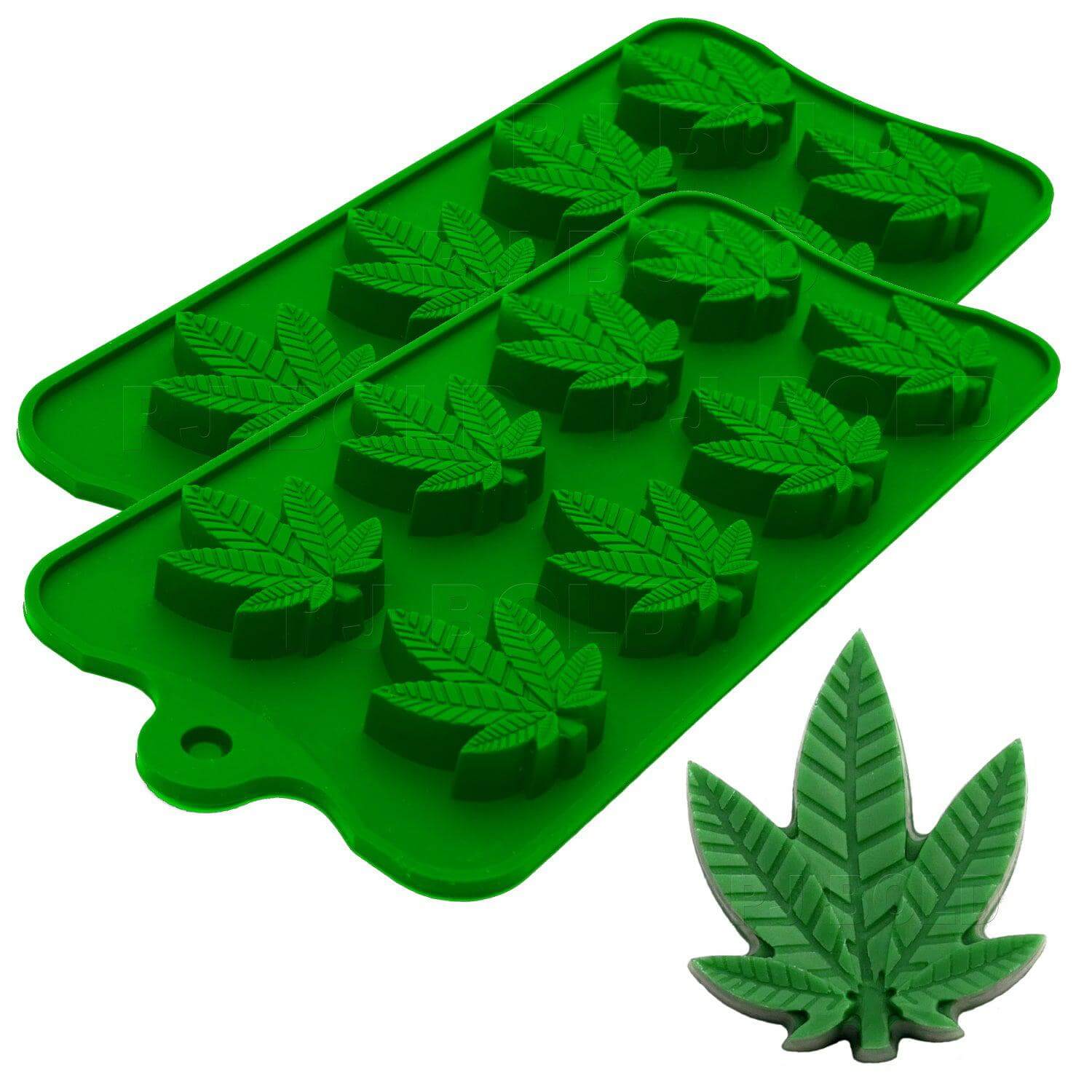 Hemp Leaf Green Silicone Molds
Hemp Leaf Green Silicone Molds
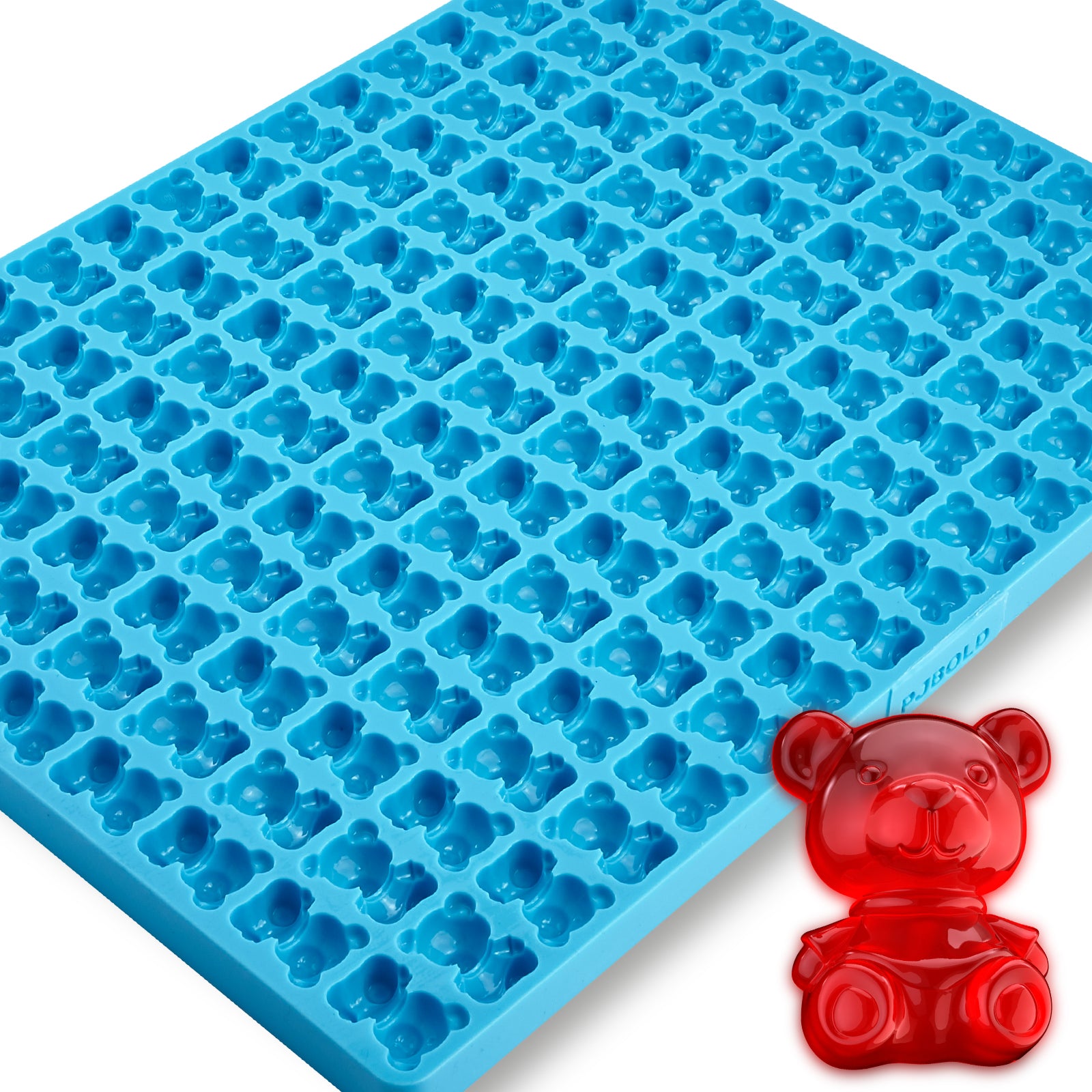 Bear Silicone Mold
Bear Silicone Mold
 Leaf Silicone Candy Mold
Leaf Silicone Candy Mold
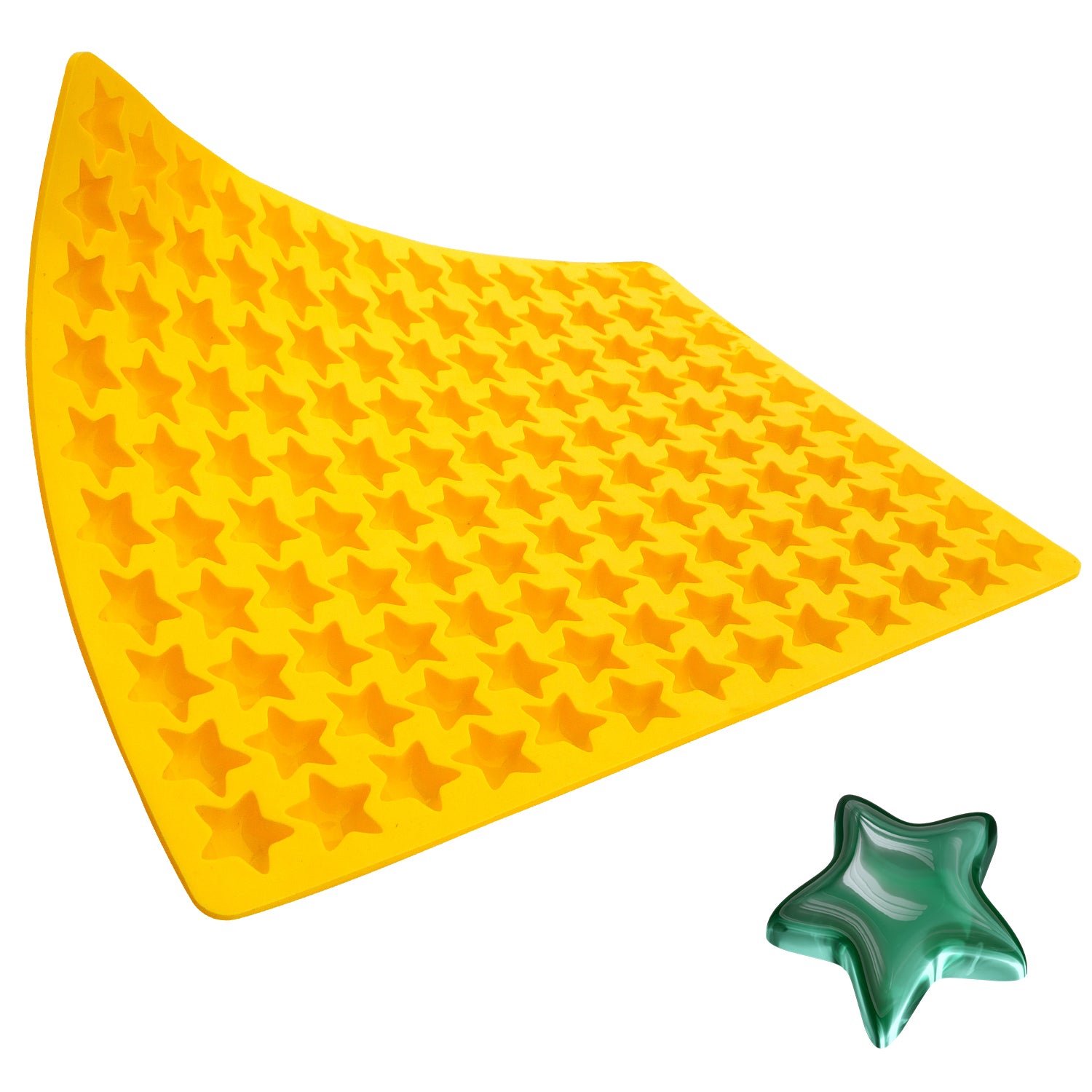 Candy Star Molds
Candy Star Molds
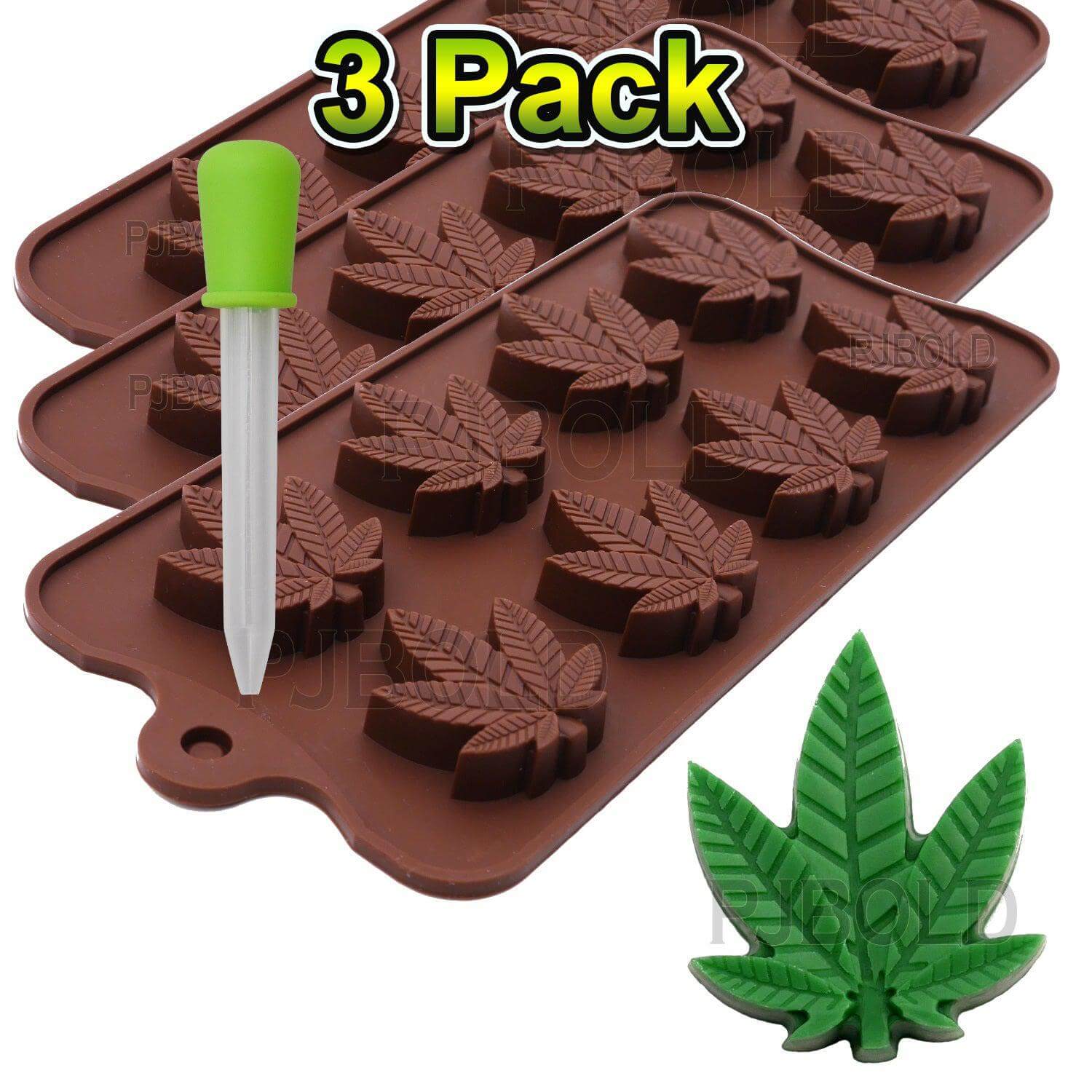 Hemp Leaf 3 Pack Silicone Molds
Hemp Leaf 3 Pack Silicone Molds
 Leaf Candy Bar Mold
Leaf Candy Bar Mold
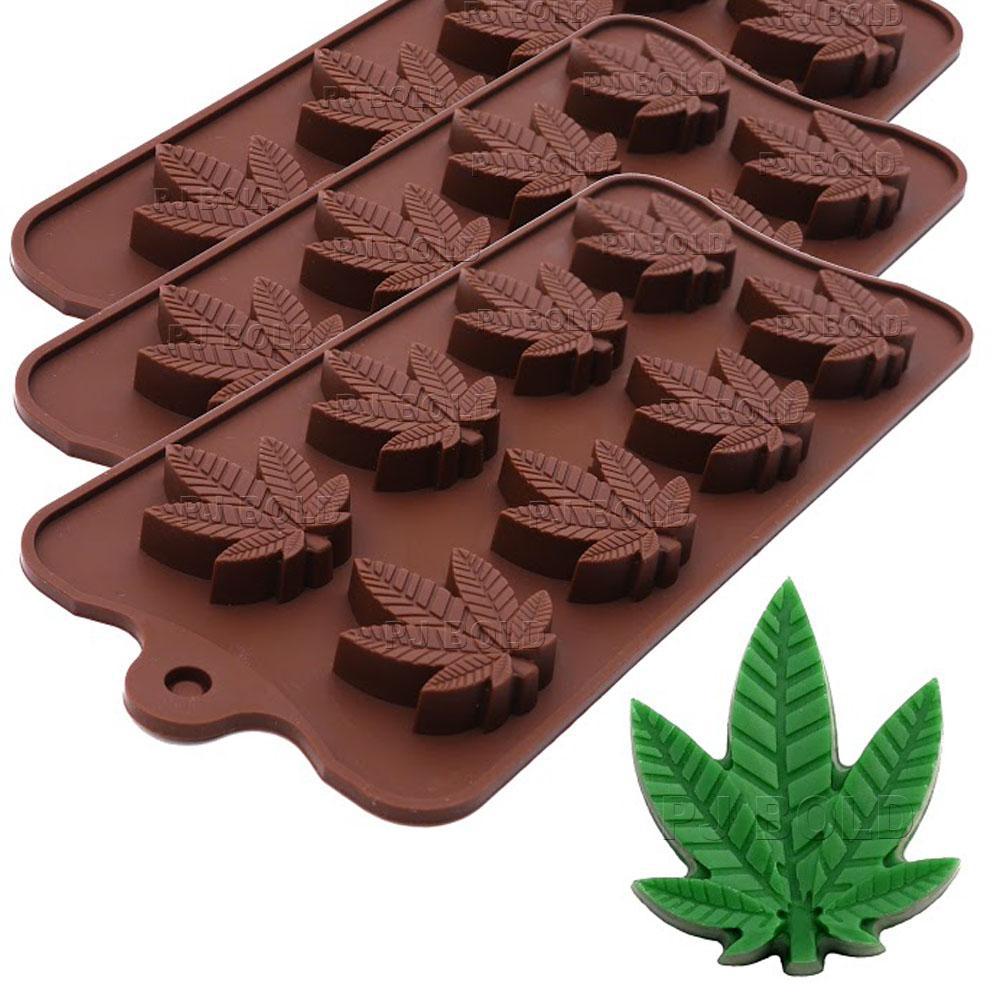 Marijuana Cannabis Hemp Leaf Silicone Molds
Marijuana Cannabis Hemp Leaf Silicone Molds
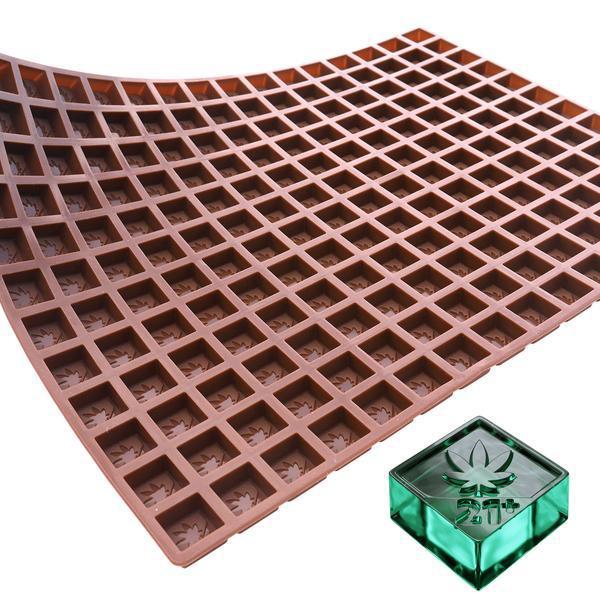 Square Silicone Candy Mold
Square Silicone Candy Mold
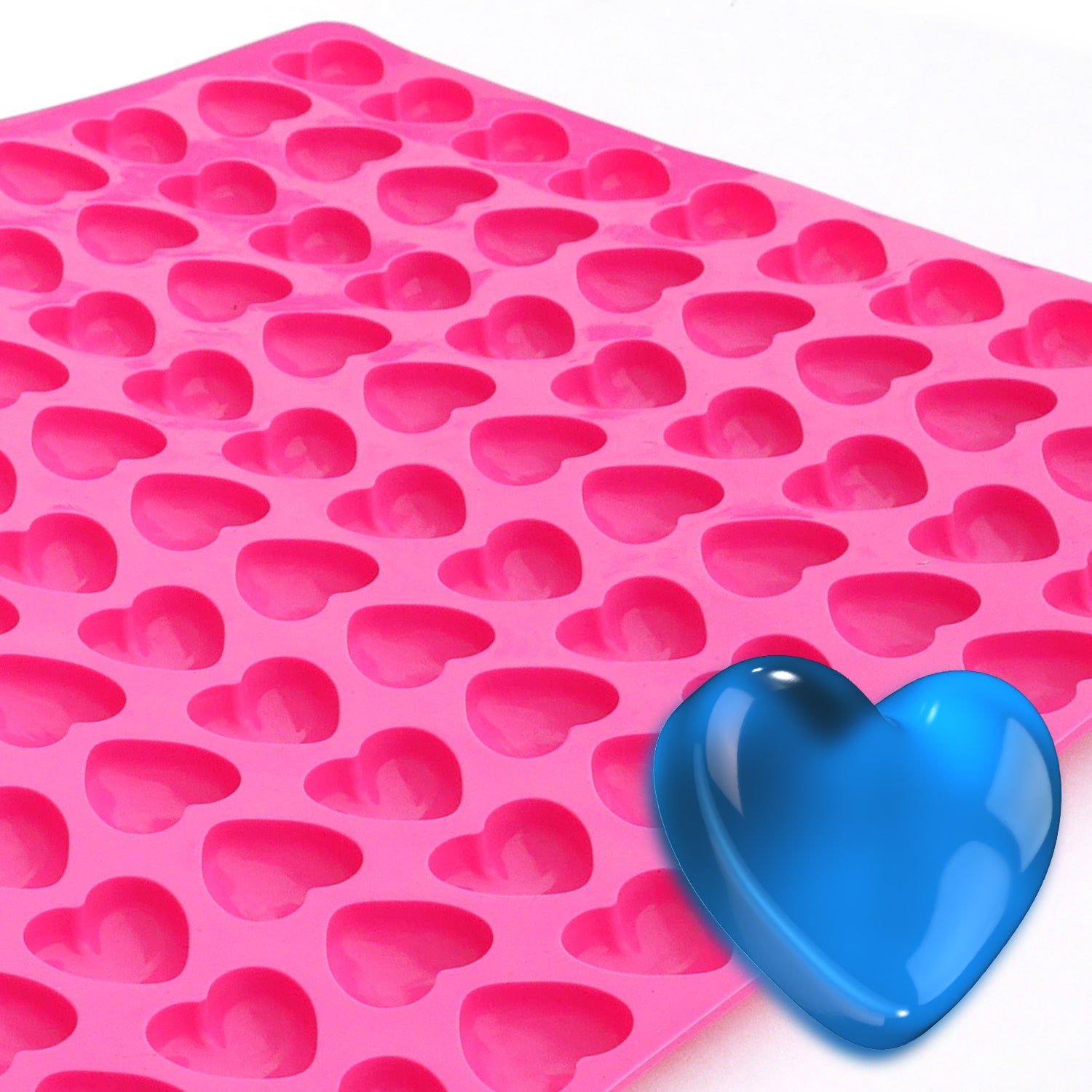 Heart Chocolate Mold Candy
Heart Chocolate Mold Candy
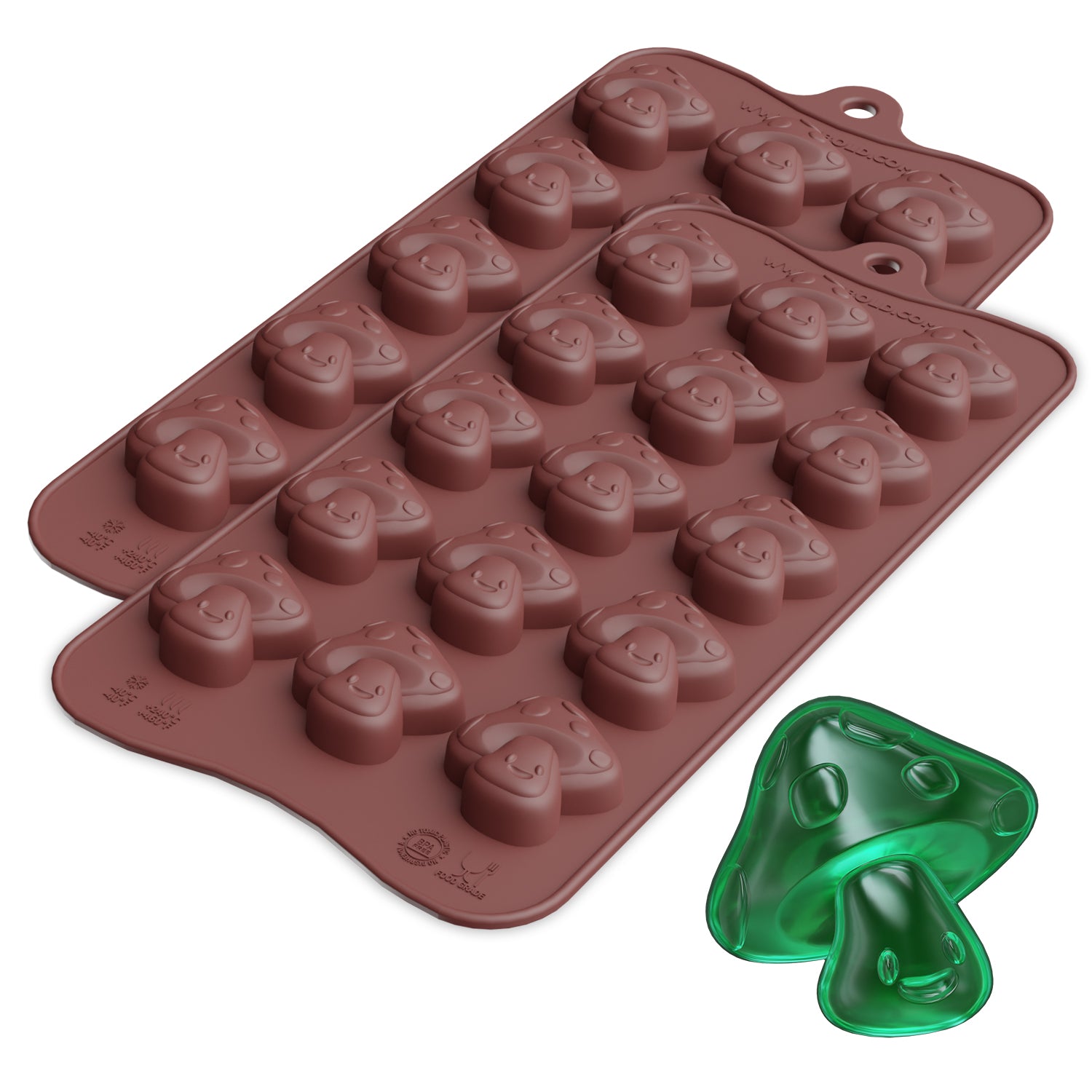 Mushroom Chocolate Silicone Candy Mold
Mushroom Chocolate Silicone Candy Mold






